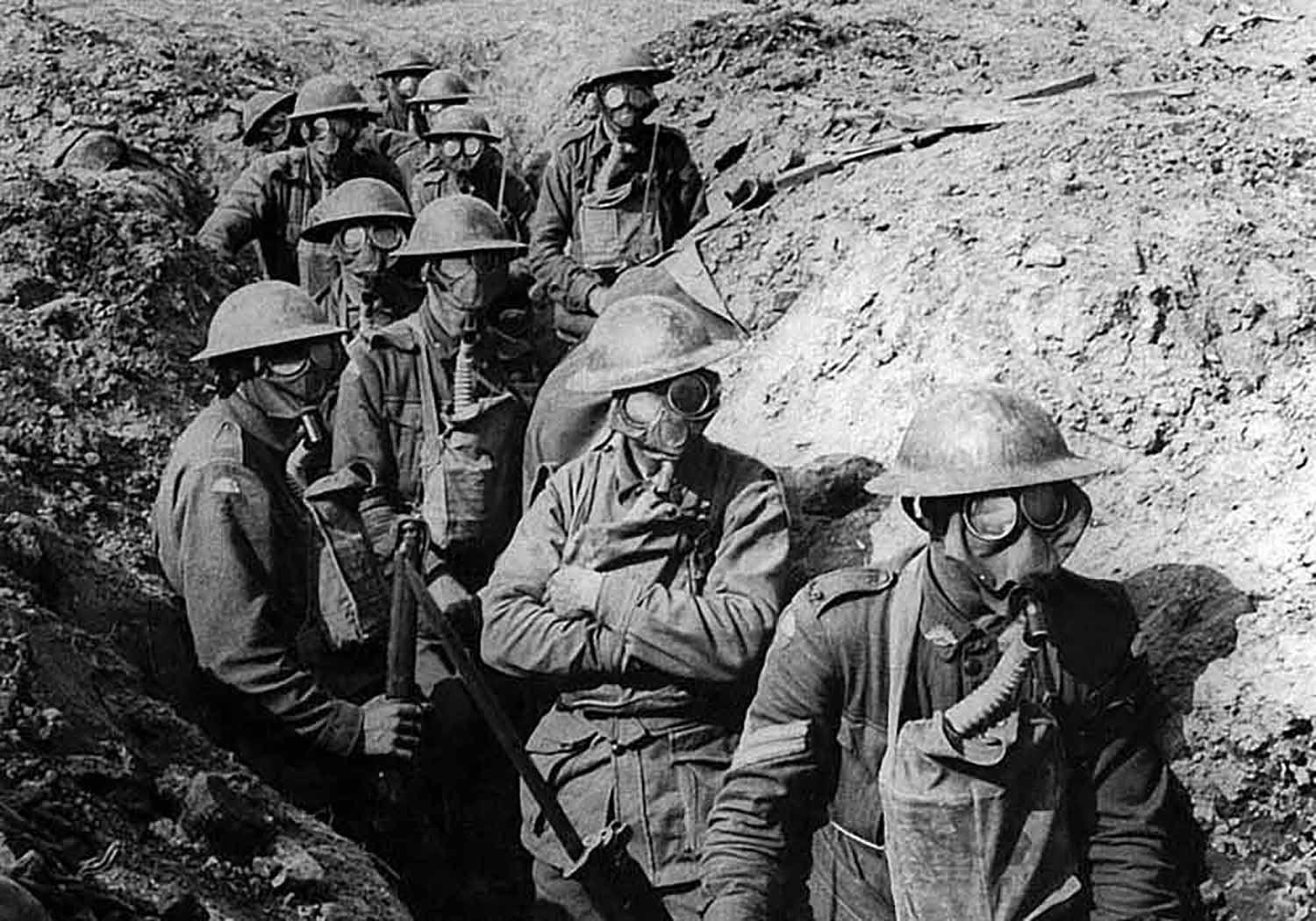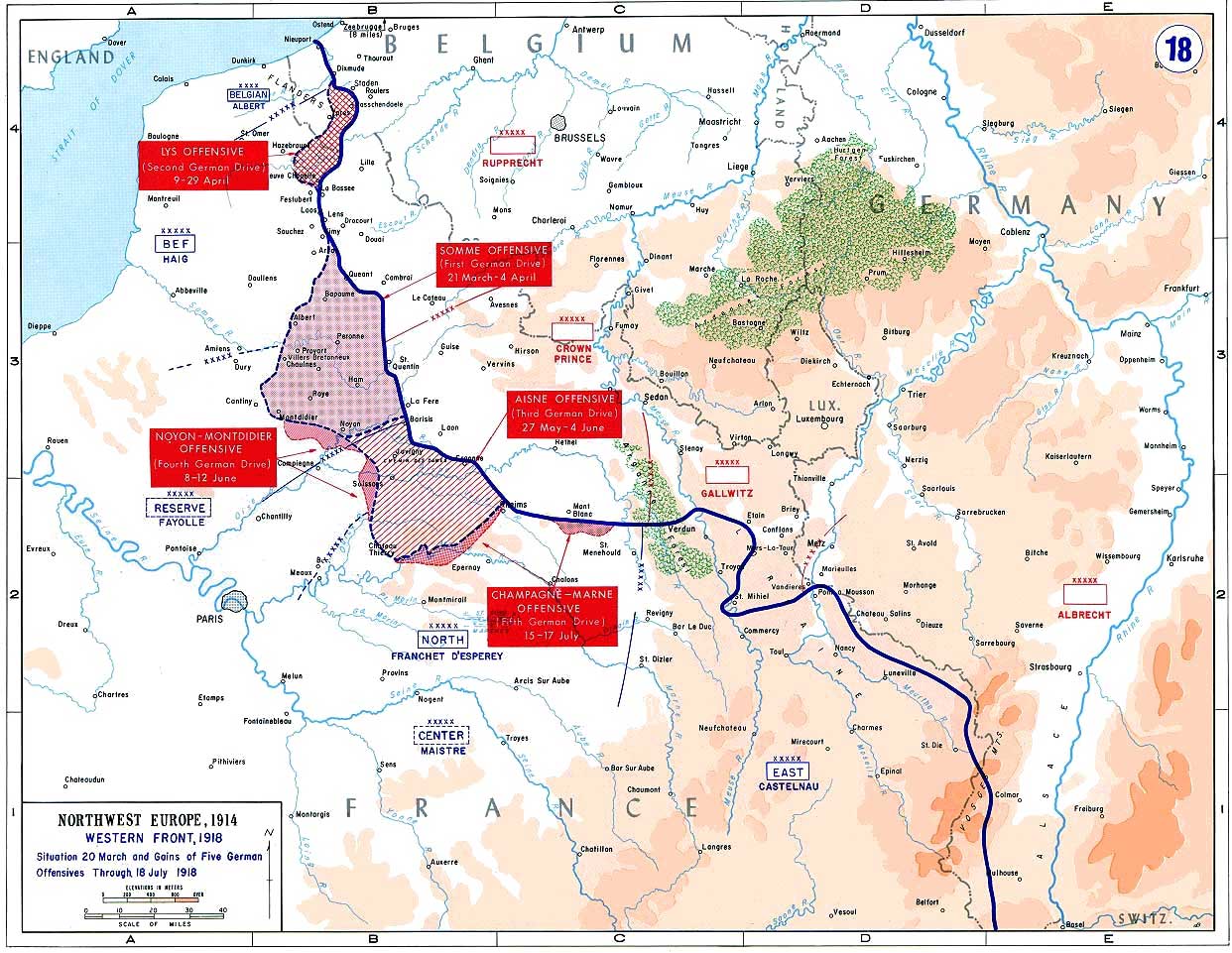Kaiser’s Battle
21 March – 18 July 1918
WW1 - Kaiser's Battle
In February 1918 the Germans side the Treaty of Brest-Litovsk with the Bolshevik government of Russia which had come into being following the Russian Revolution in 1917. This ended the war on the Eastern Front and released more than a million German soldiers to come and fight in the West. By this stage America had entered the war and the Germans released that once their troops arrived on the battlefield it would tip the balance in the favour of the Allies.
The Facts
- Date: 21 March – 18 July 1918
- Location: Northern France; West Flanders, Belgium
| Countries Involved | |
|---|---|
| British Empire France United States Italy Portugal Siam |
German Empire |
| Countries Commanders | |
| Ferdinand Foch Douglas Haig Philippe Pétain John Pershing Alberico Albricci Tamagnini de Abreu |
Erich Ludendorff |
| Number of Casualties | |
| Over 850,000 | Around 690,000 |
So a whole series of offensives were launched on the Western Front in the spring of 1918 to try and end the war with a German victory. The first of these began on 21st March 1918 when the Germans attacked between Cambrai and the Somme, breaking through the British lines until they were eventually stopped in April 1918 at Villers-Bretonneux. While the British lost heavily in these German attacks, the German Army suffered crippling casualties which virtually destroyed its combat effectiveness by the summer of 1918.

German prisoners and British troops near Boesinghe

Australian infantry - Ypres

Derelict tank used as the roof of a dug out


